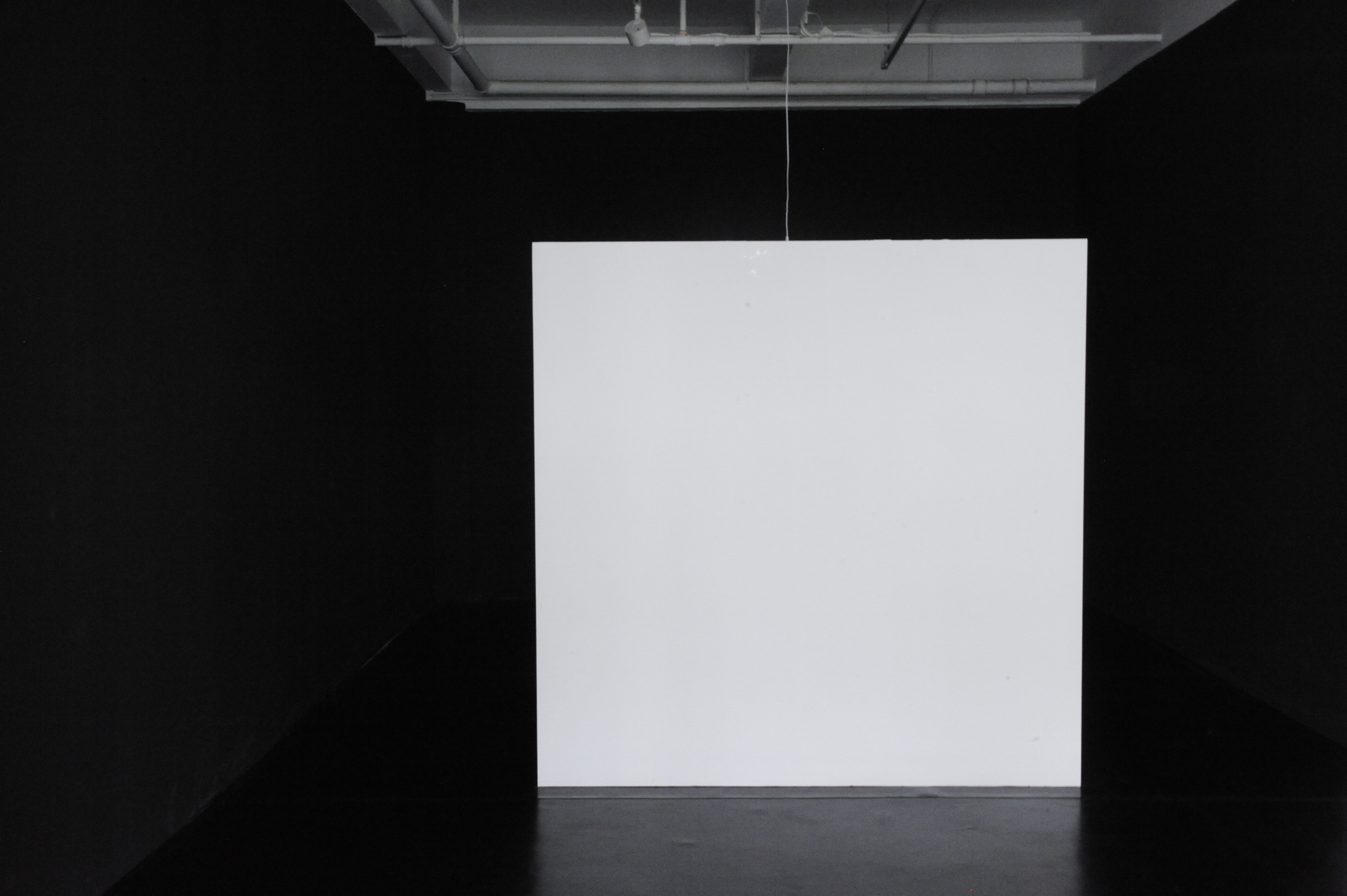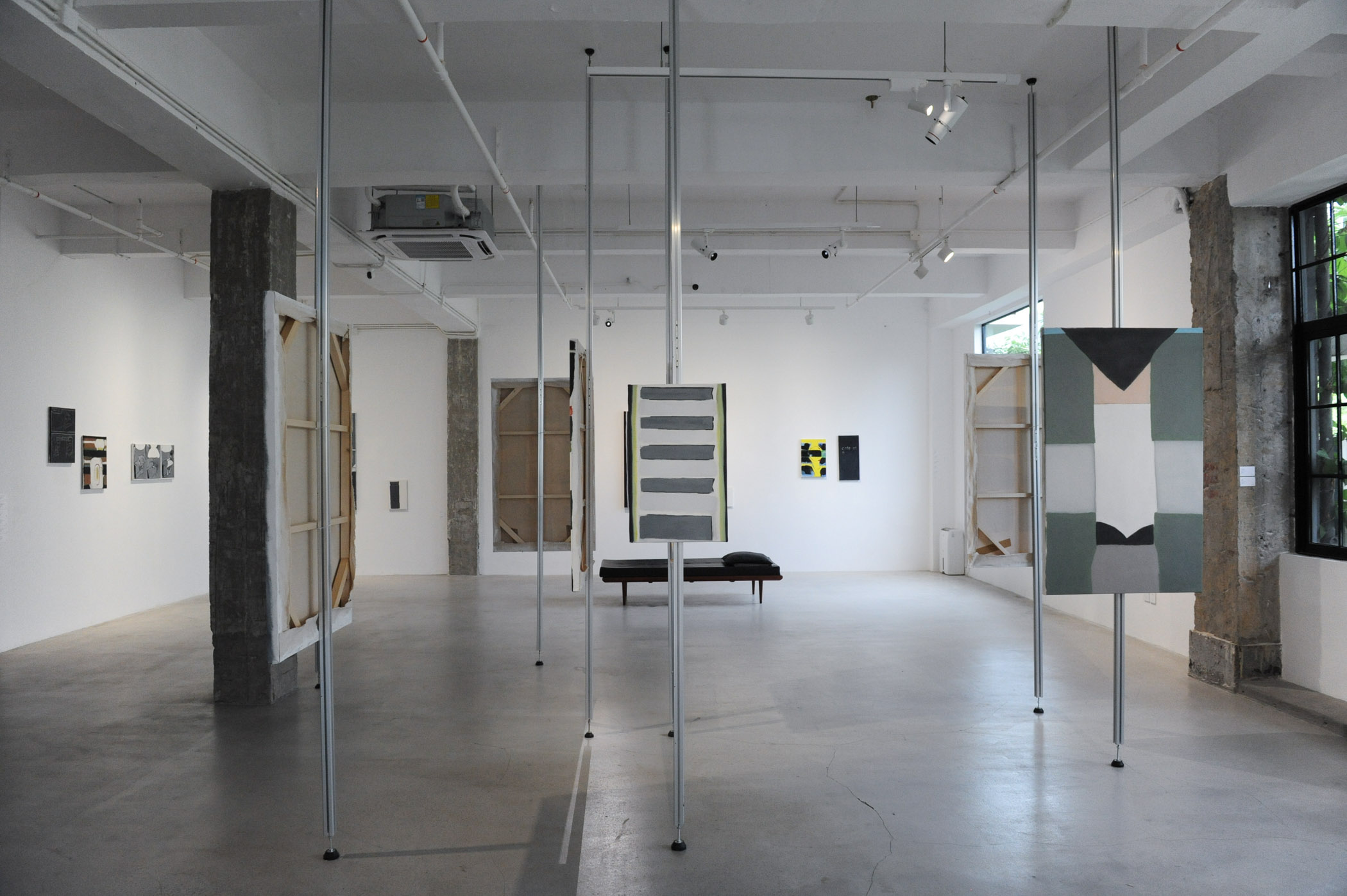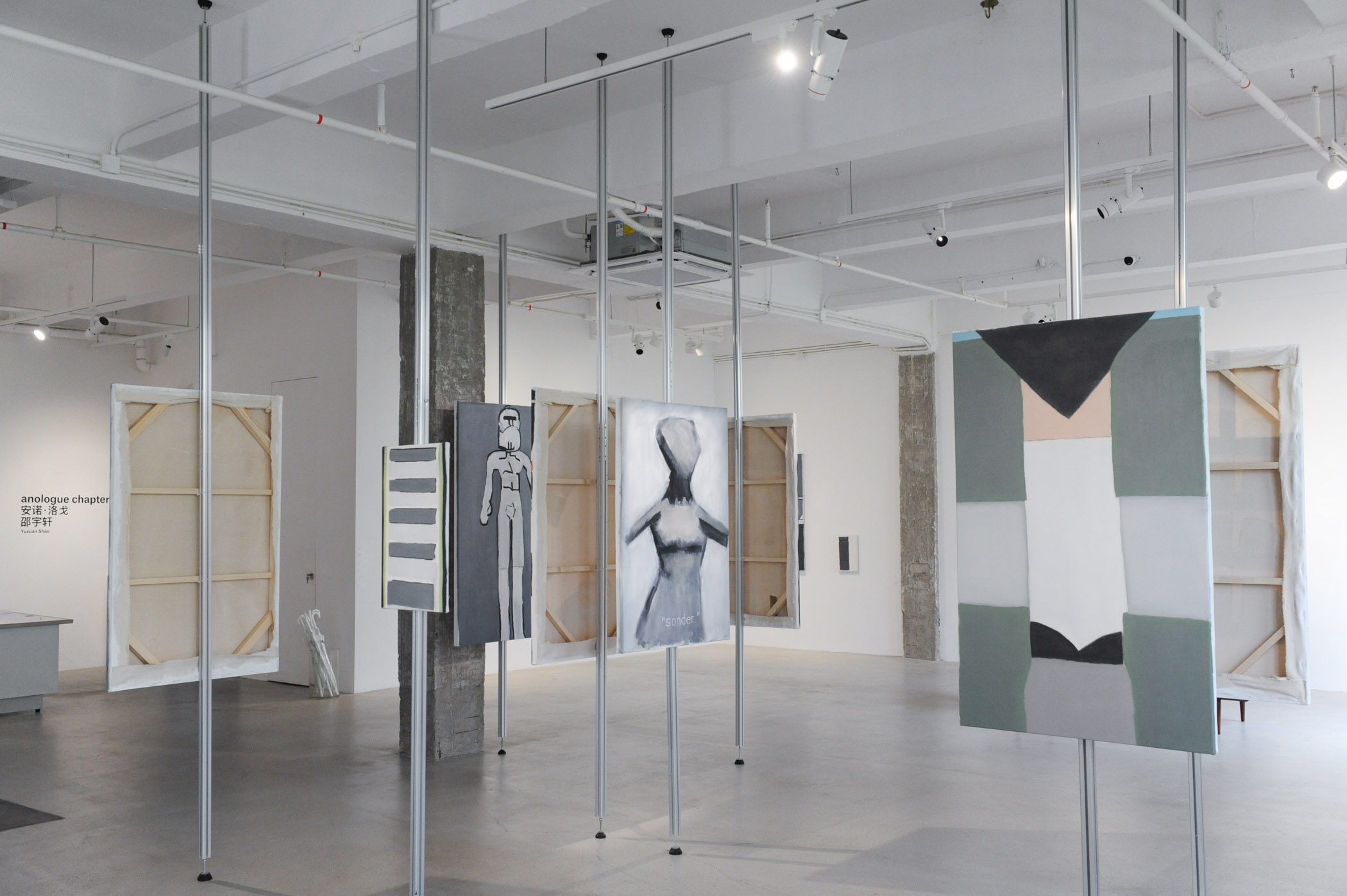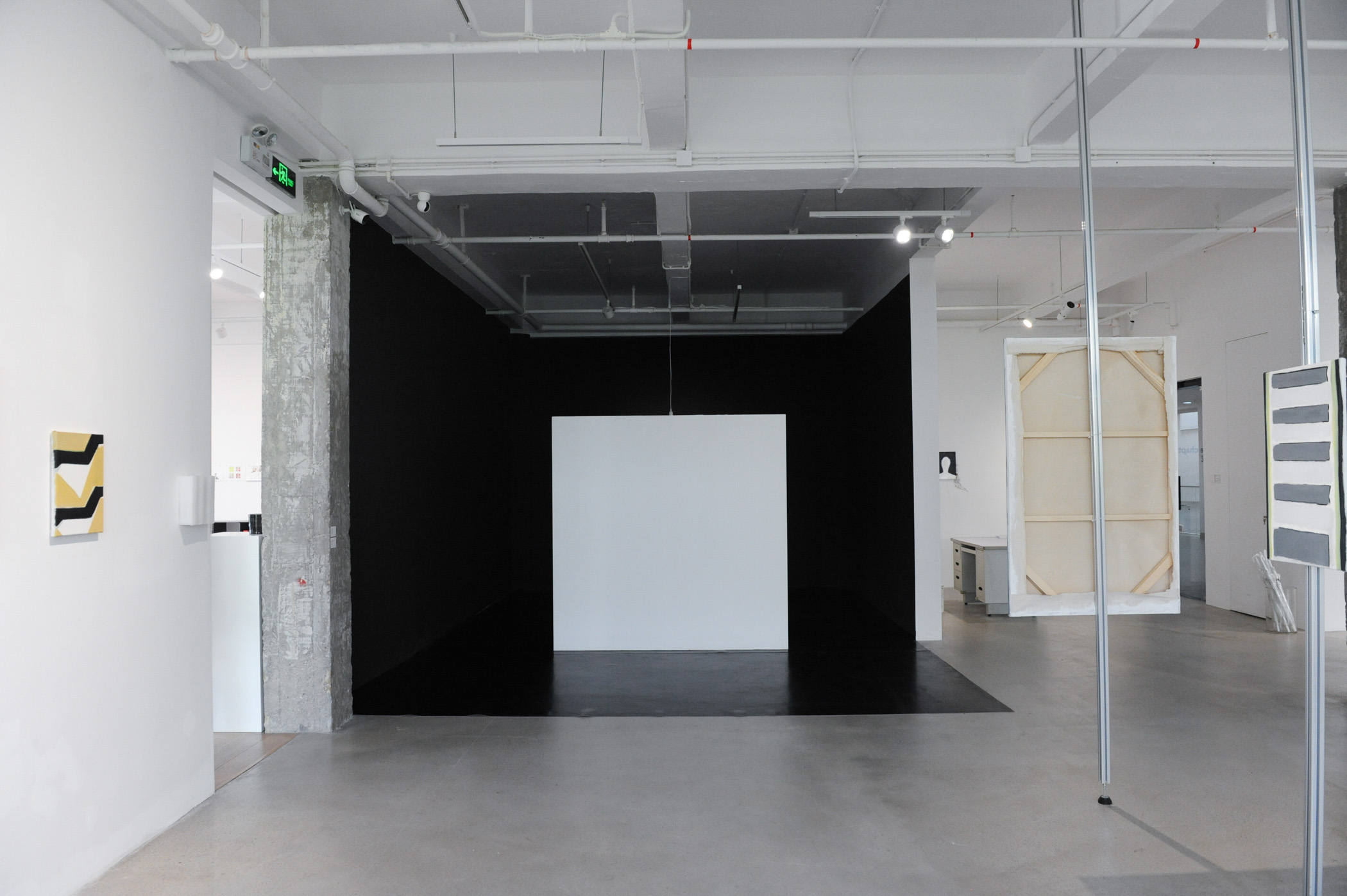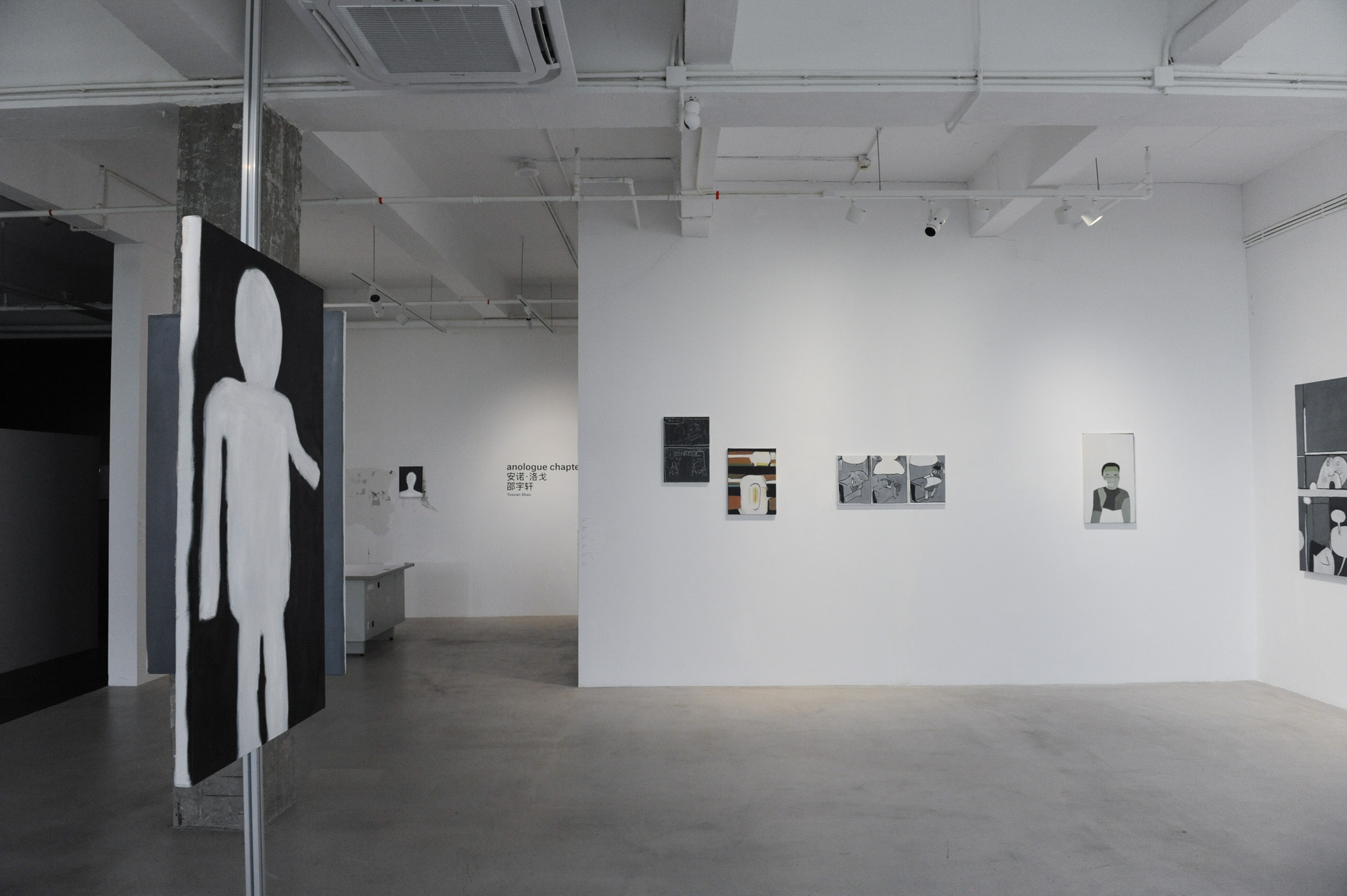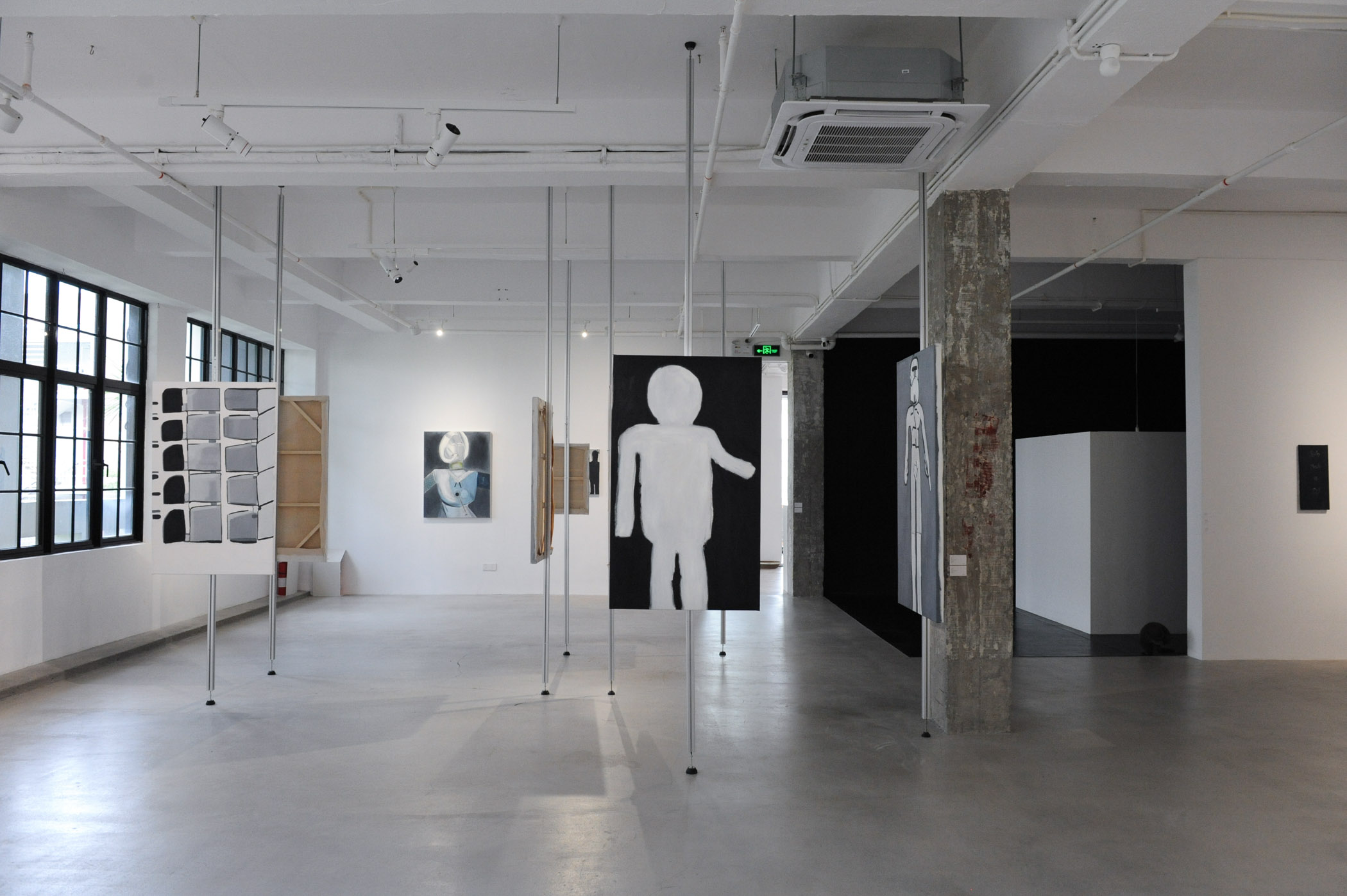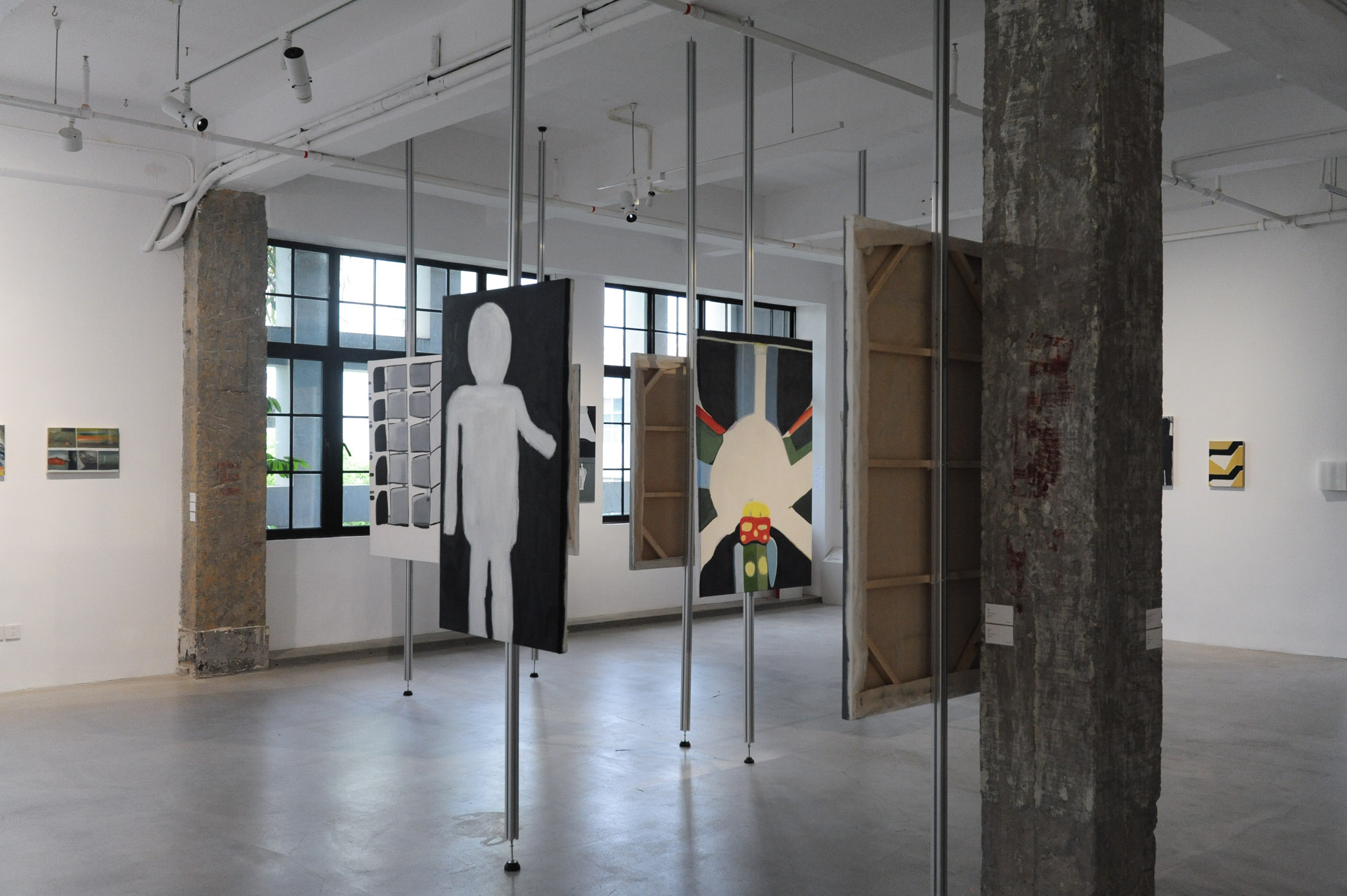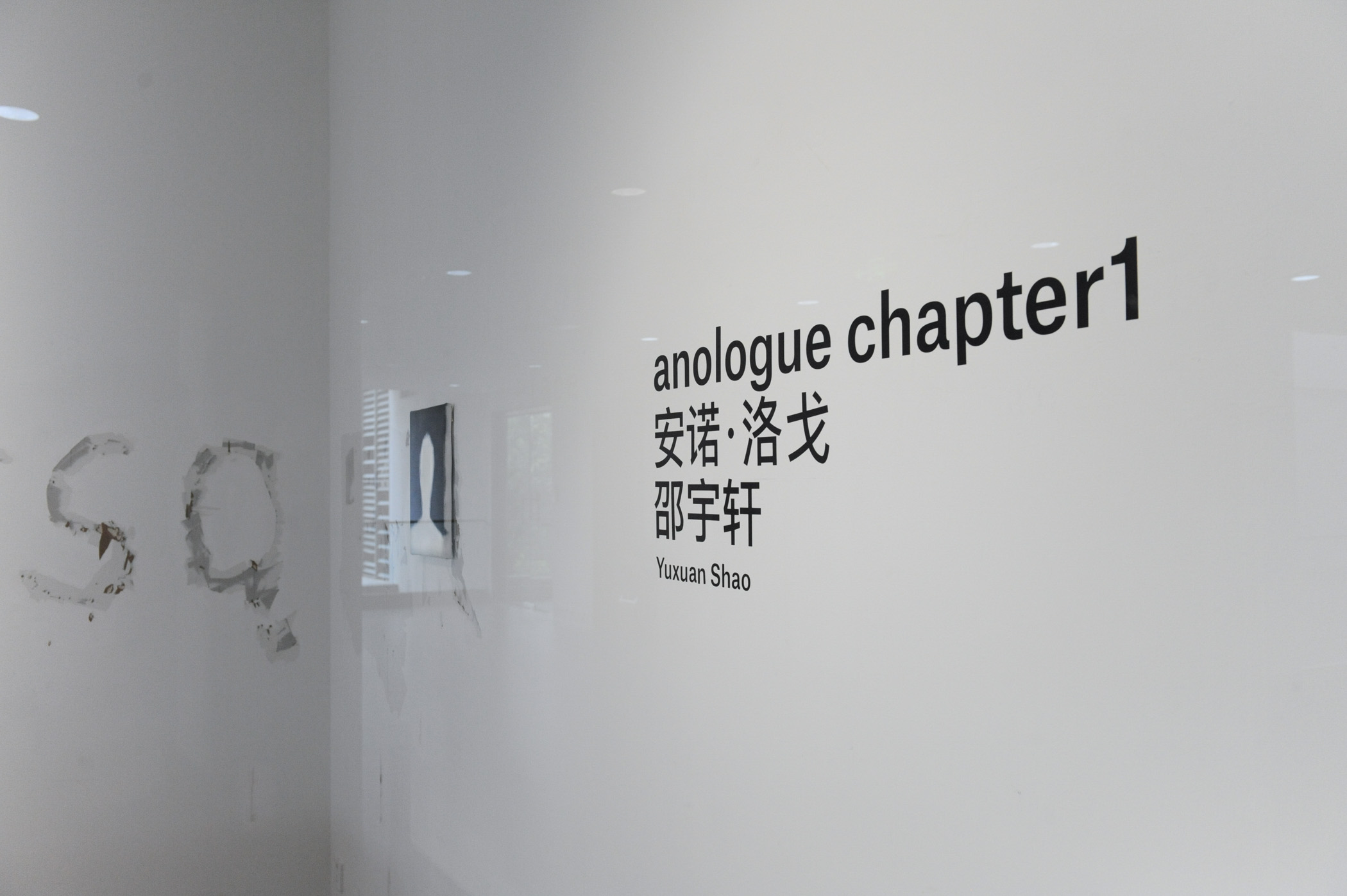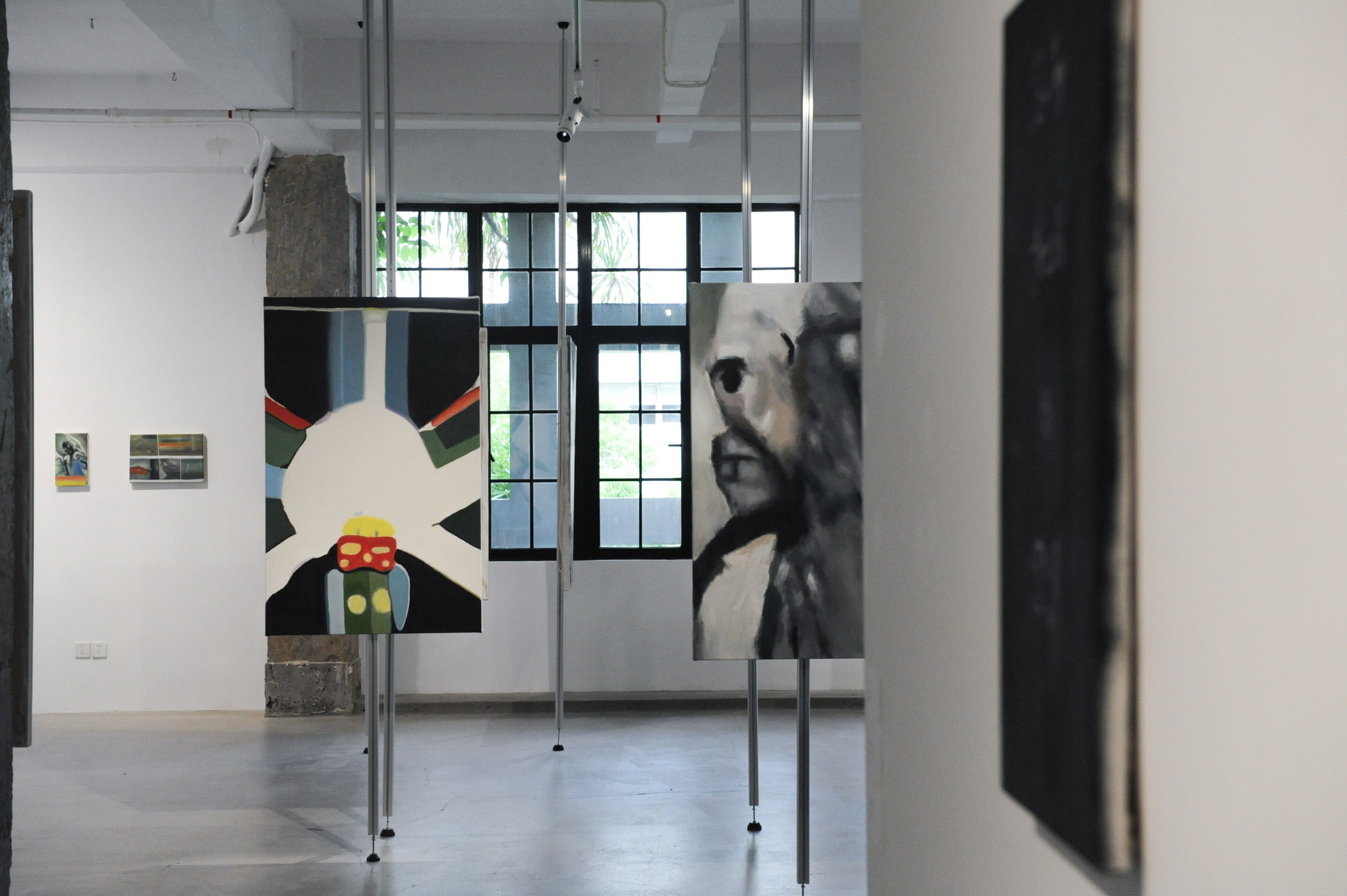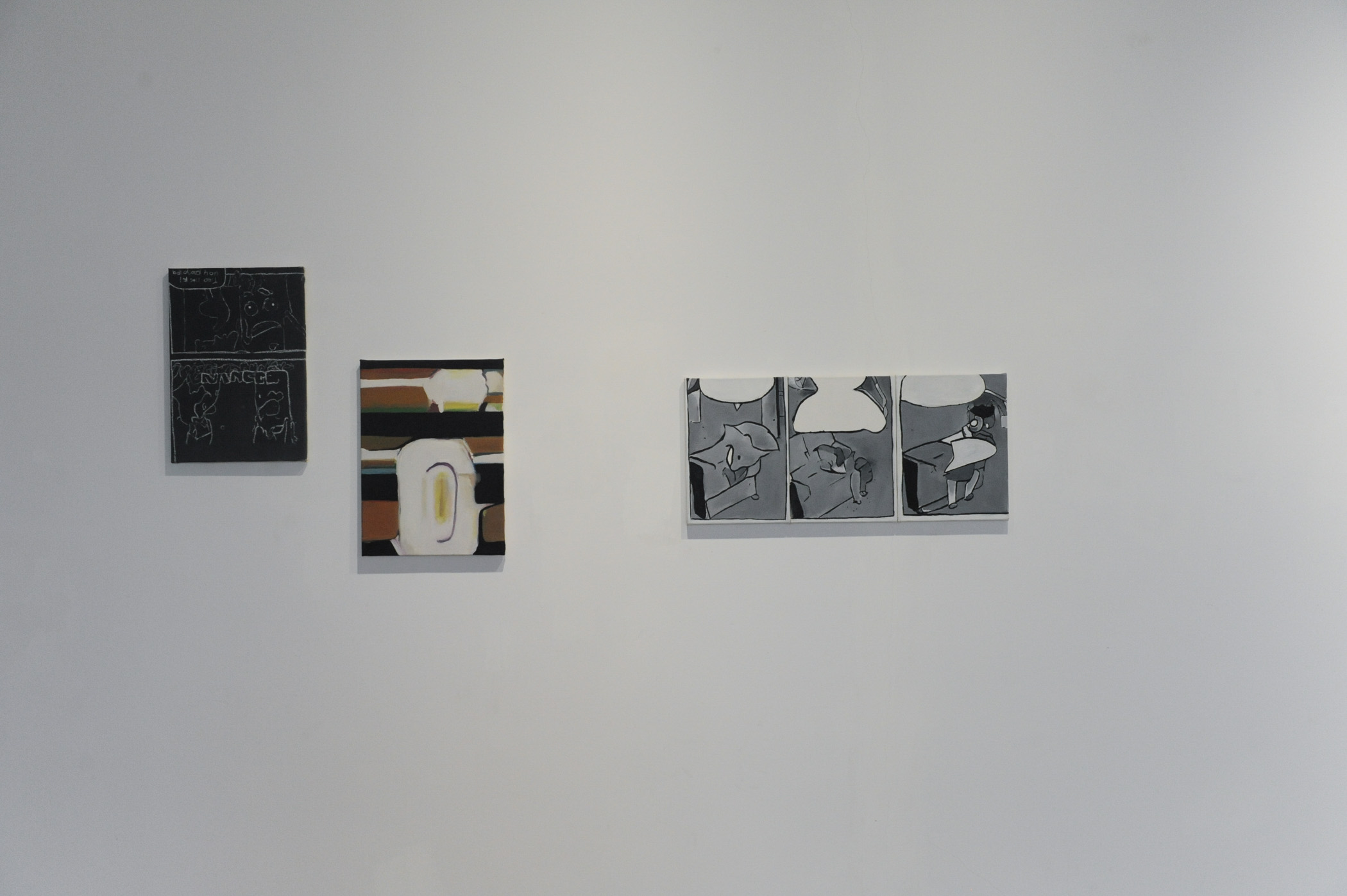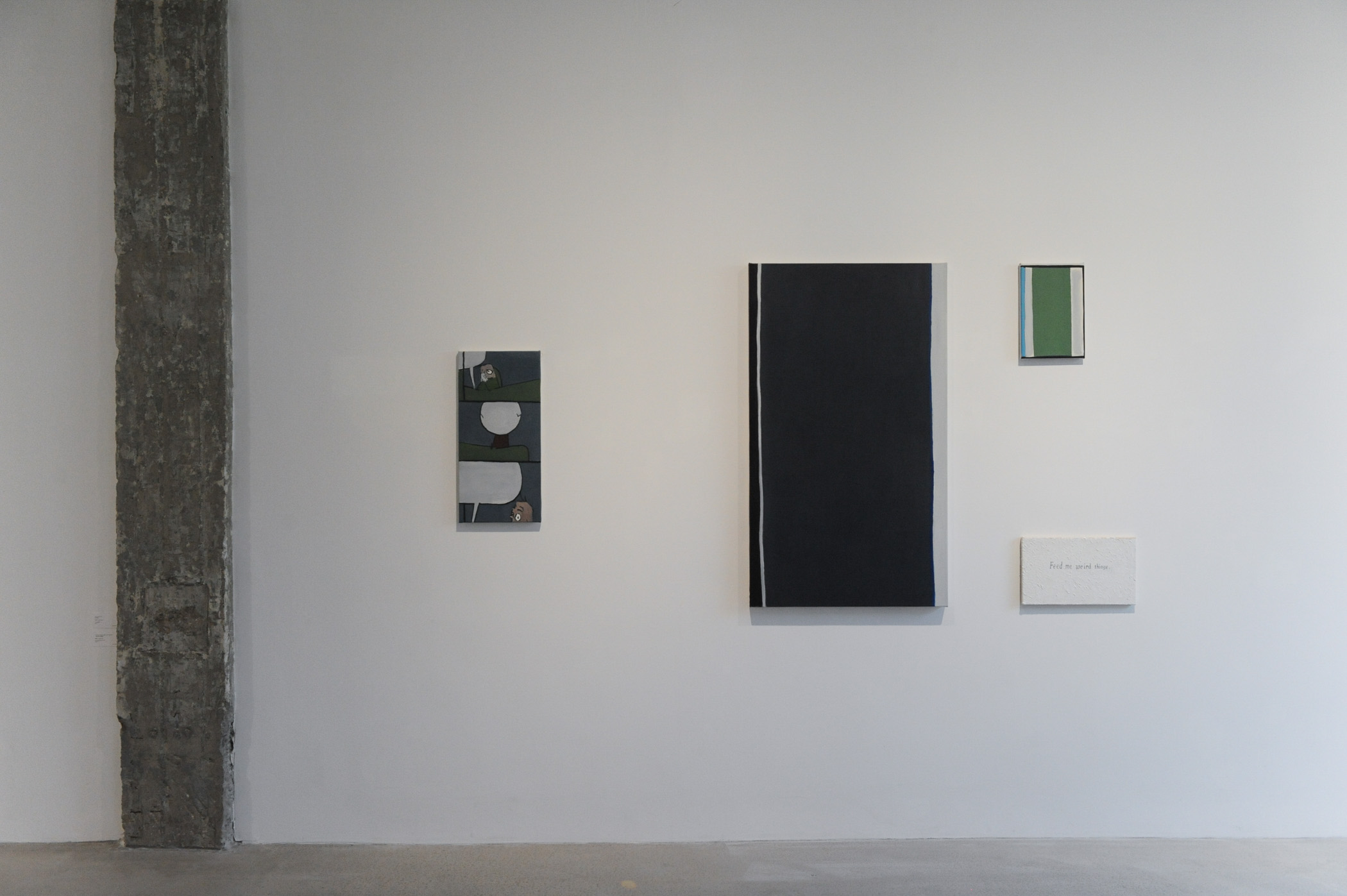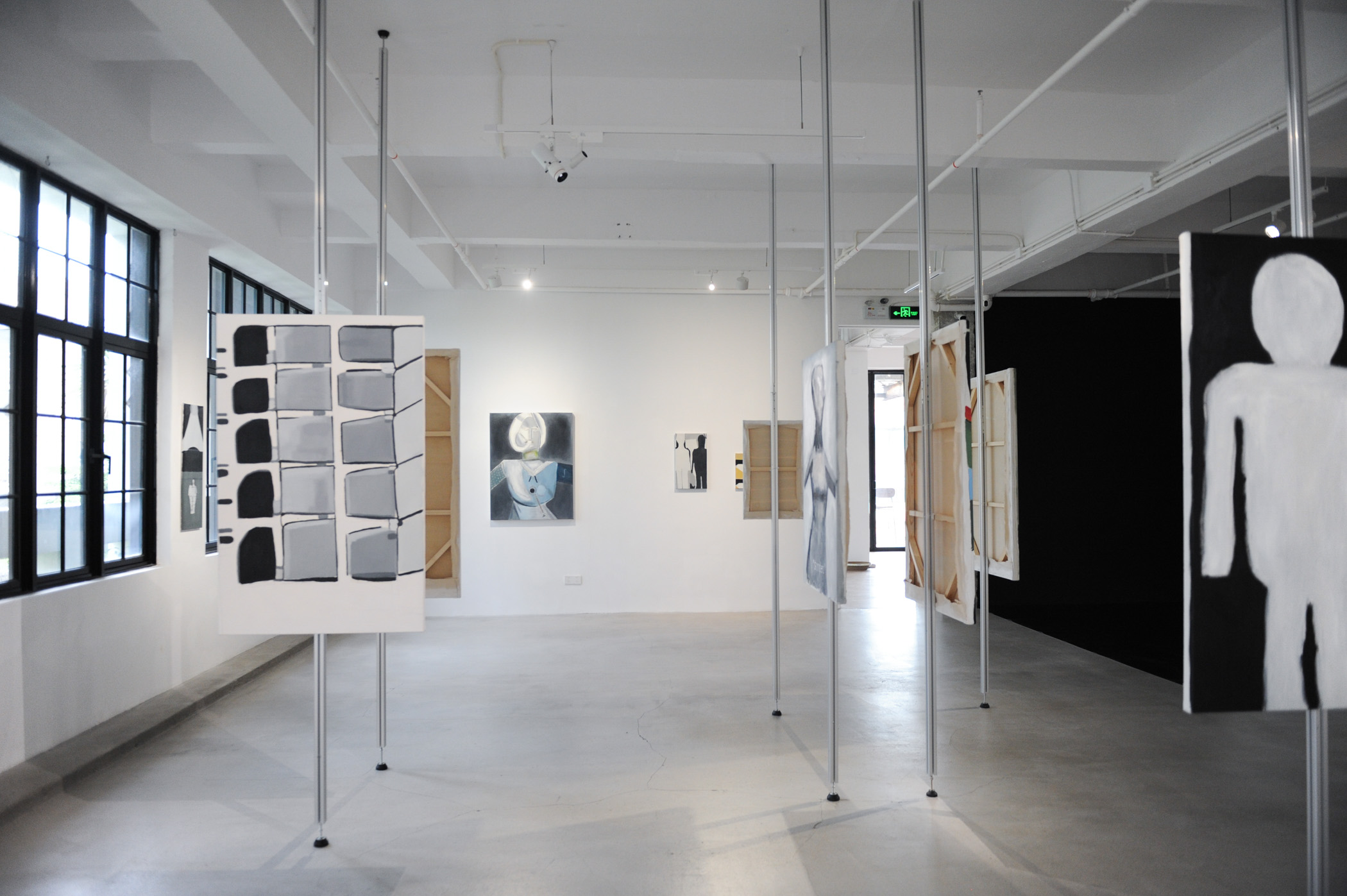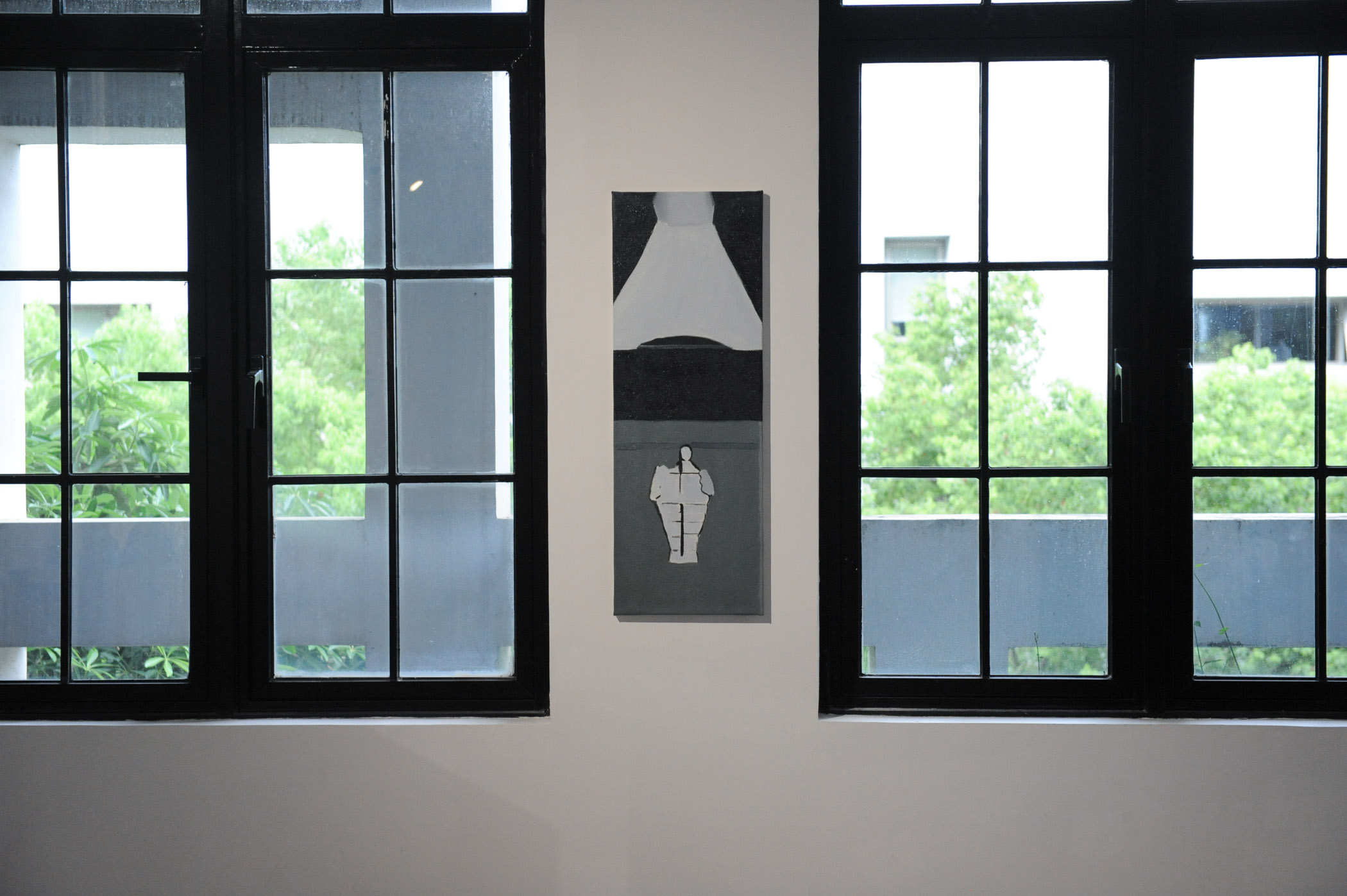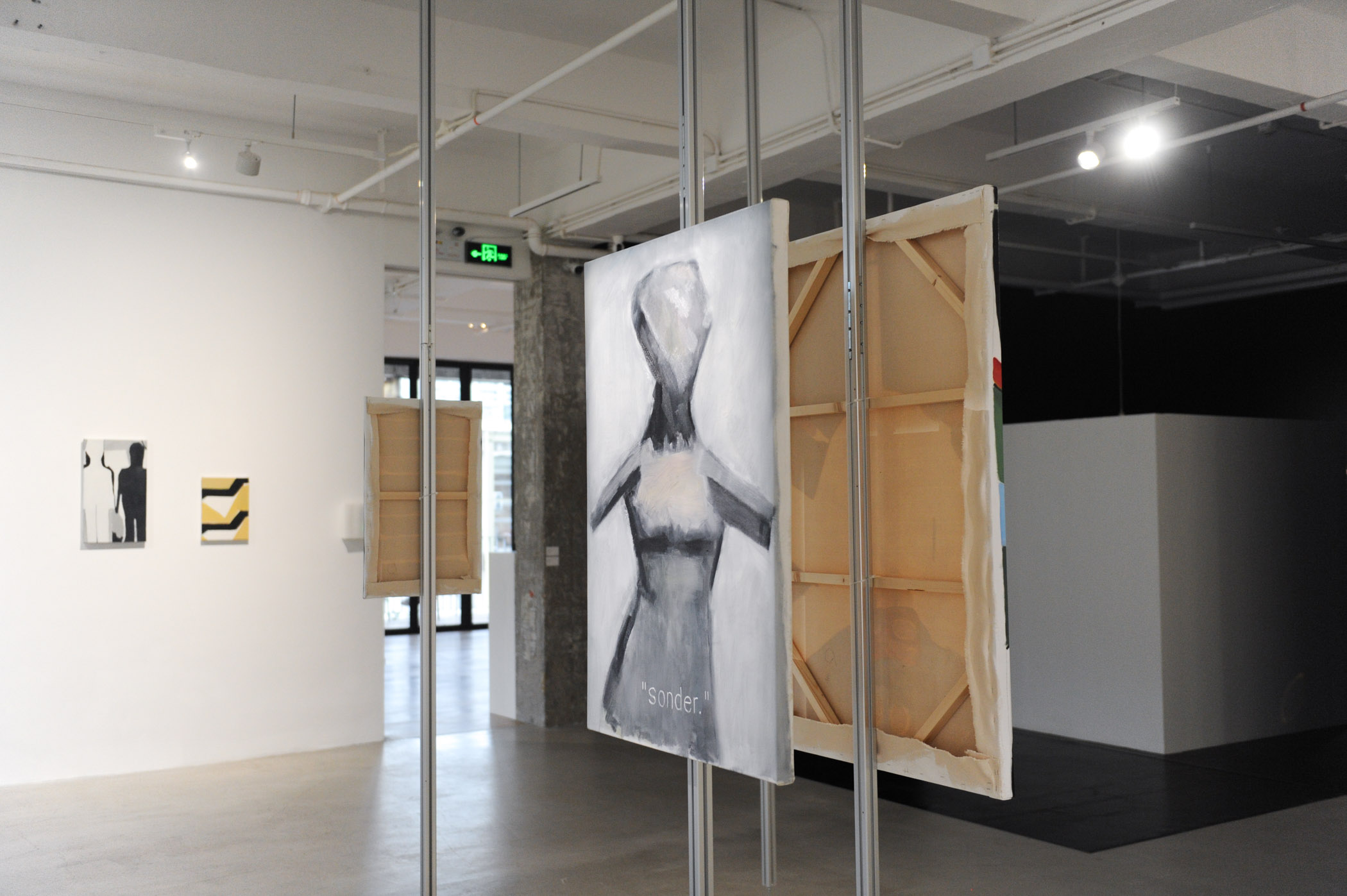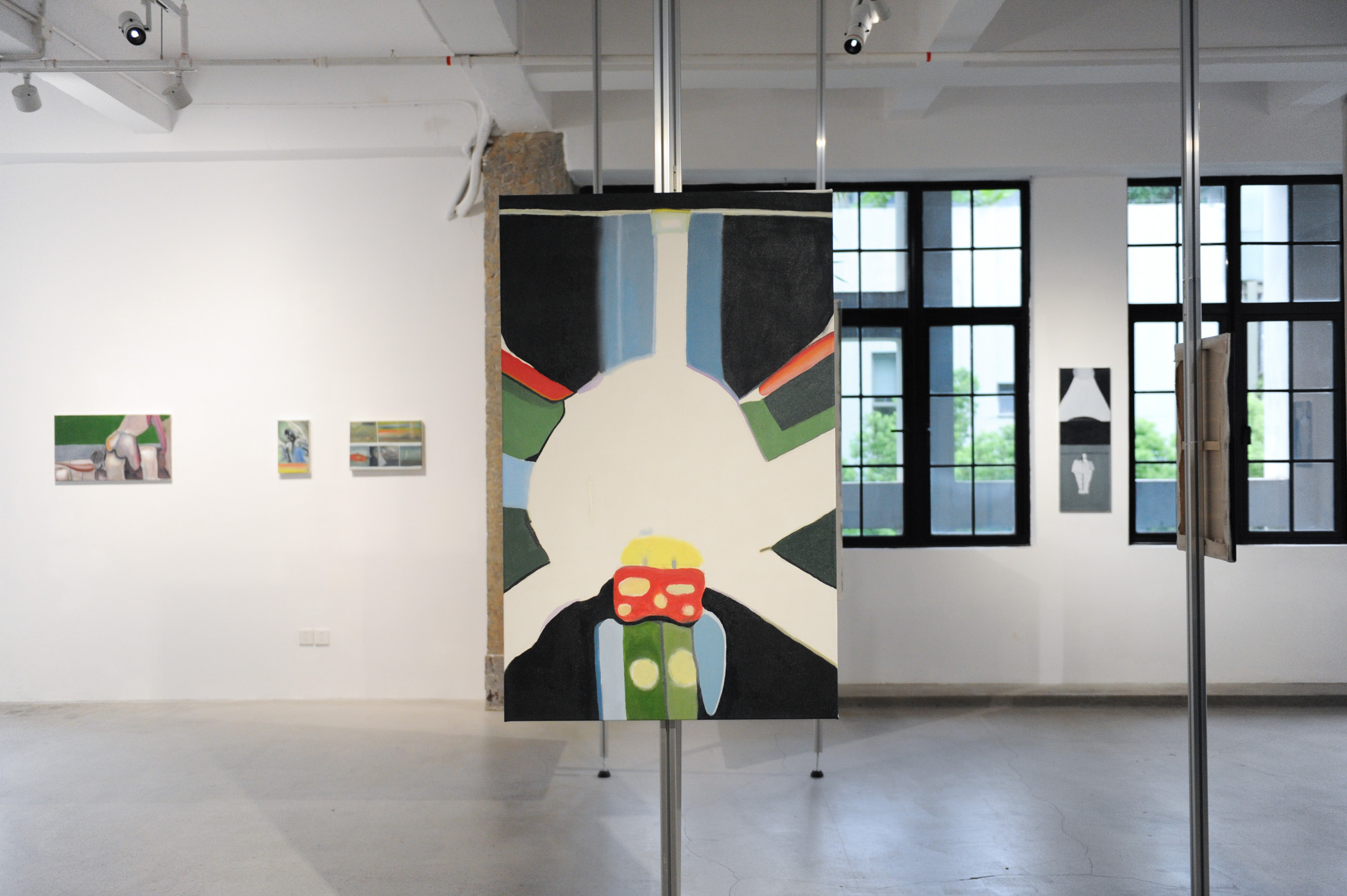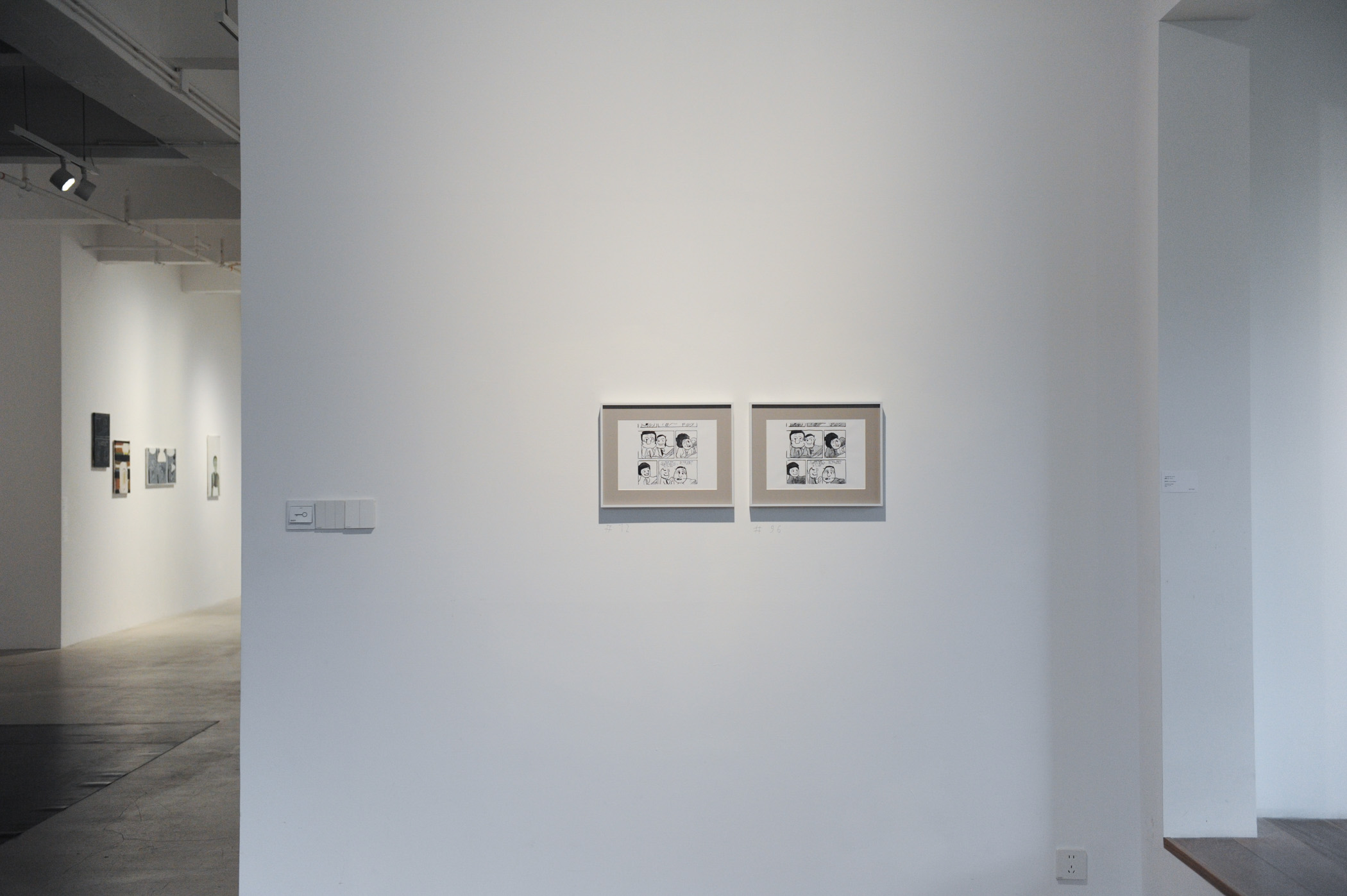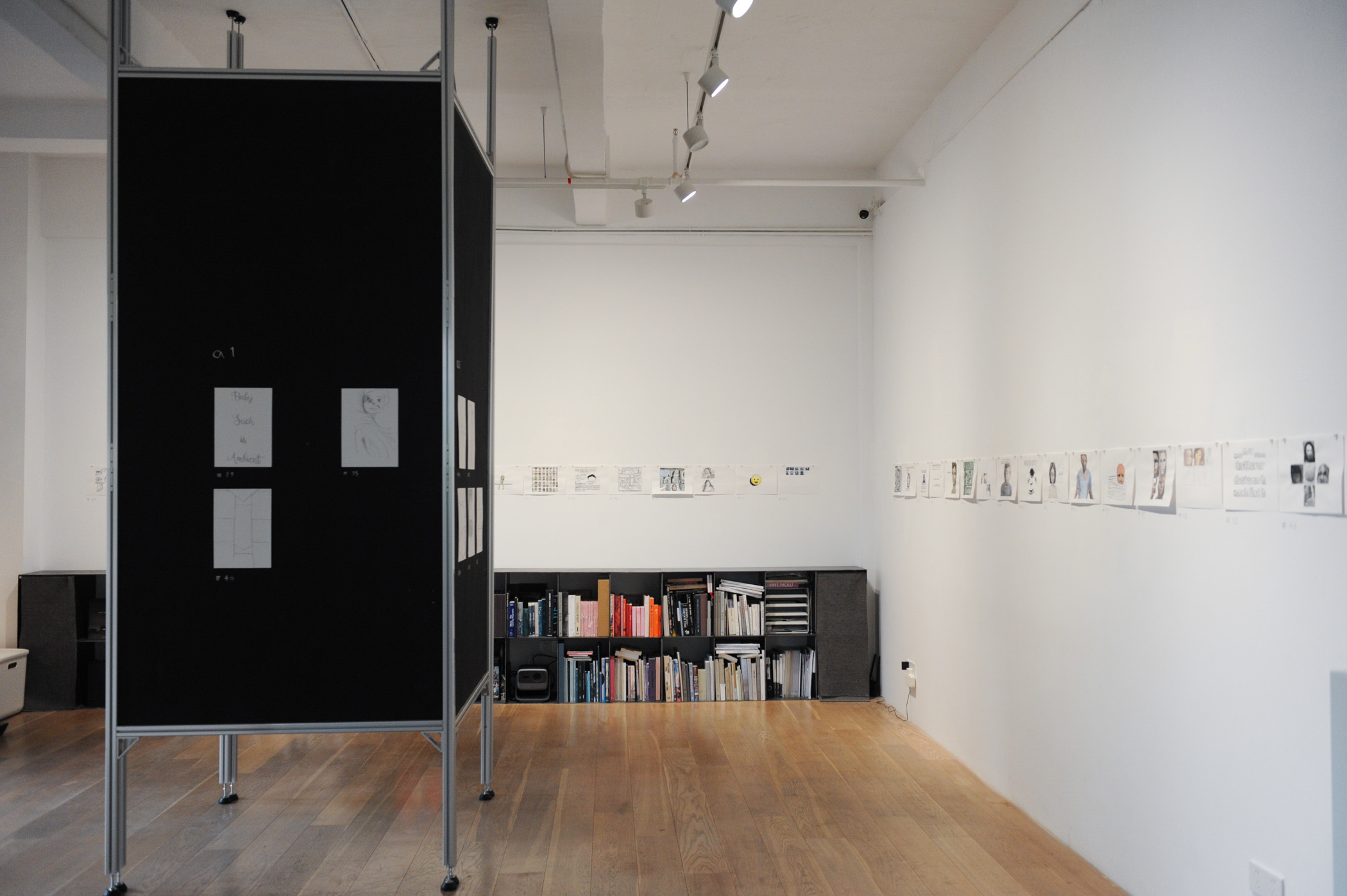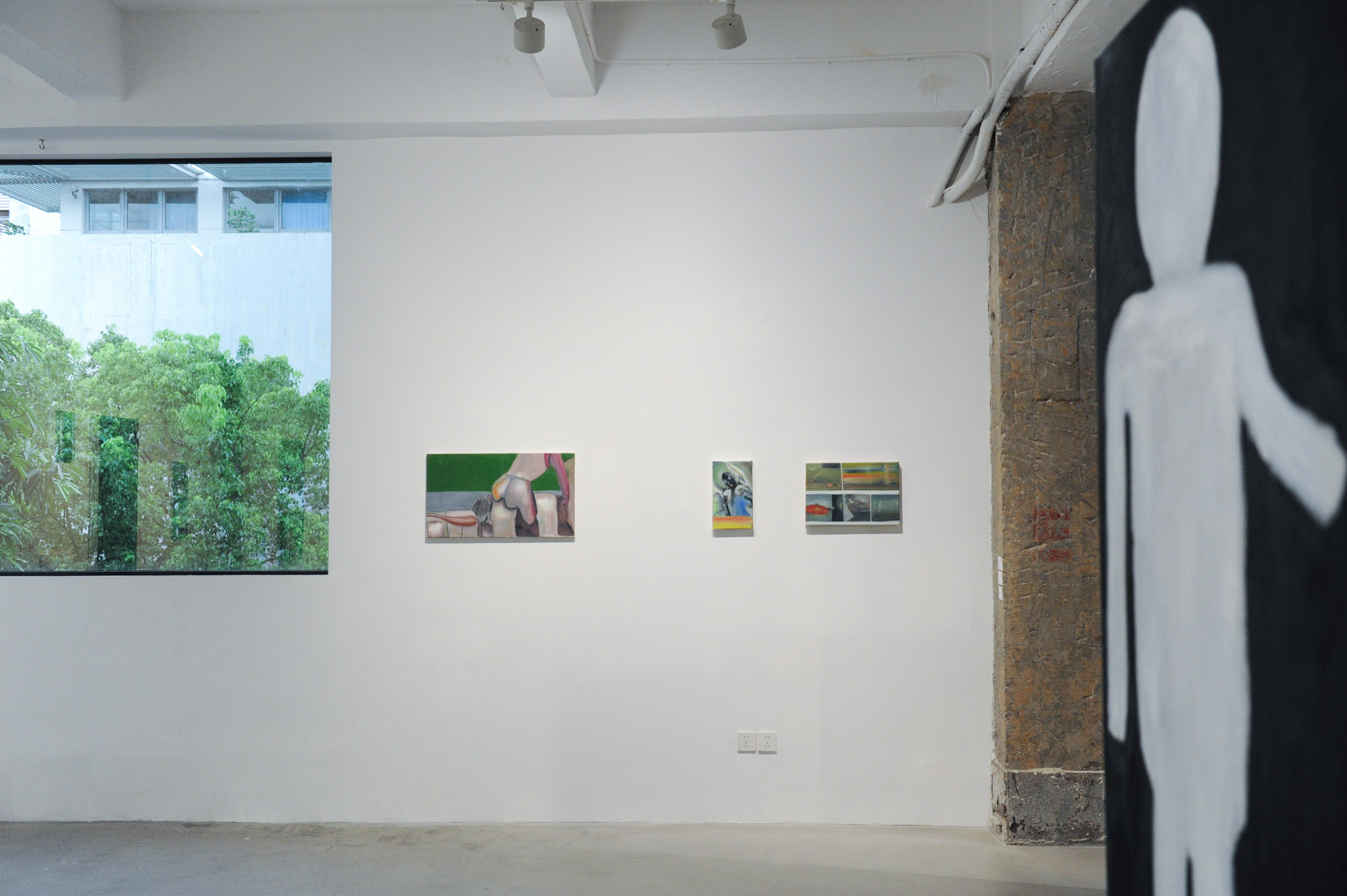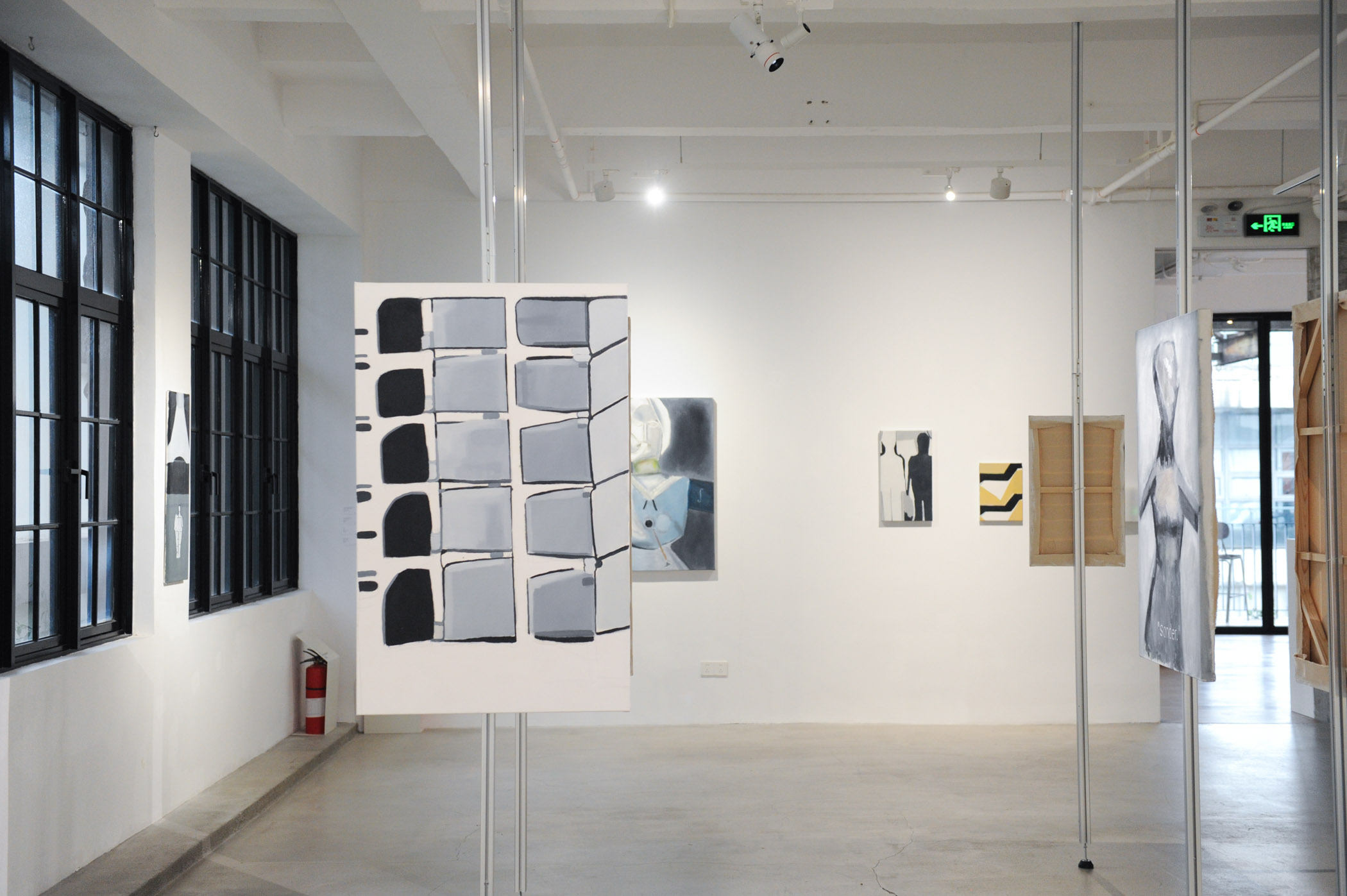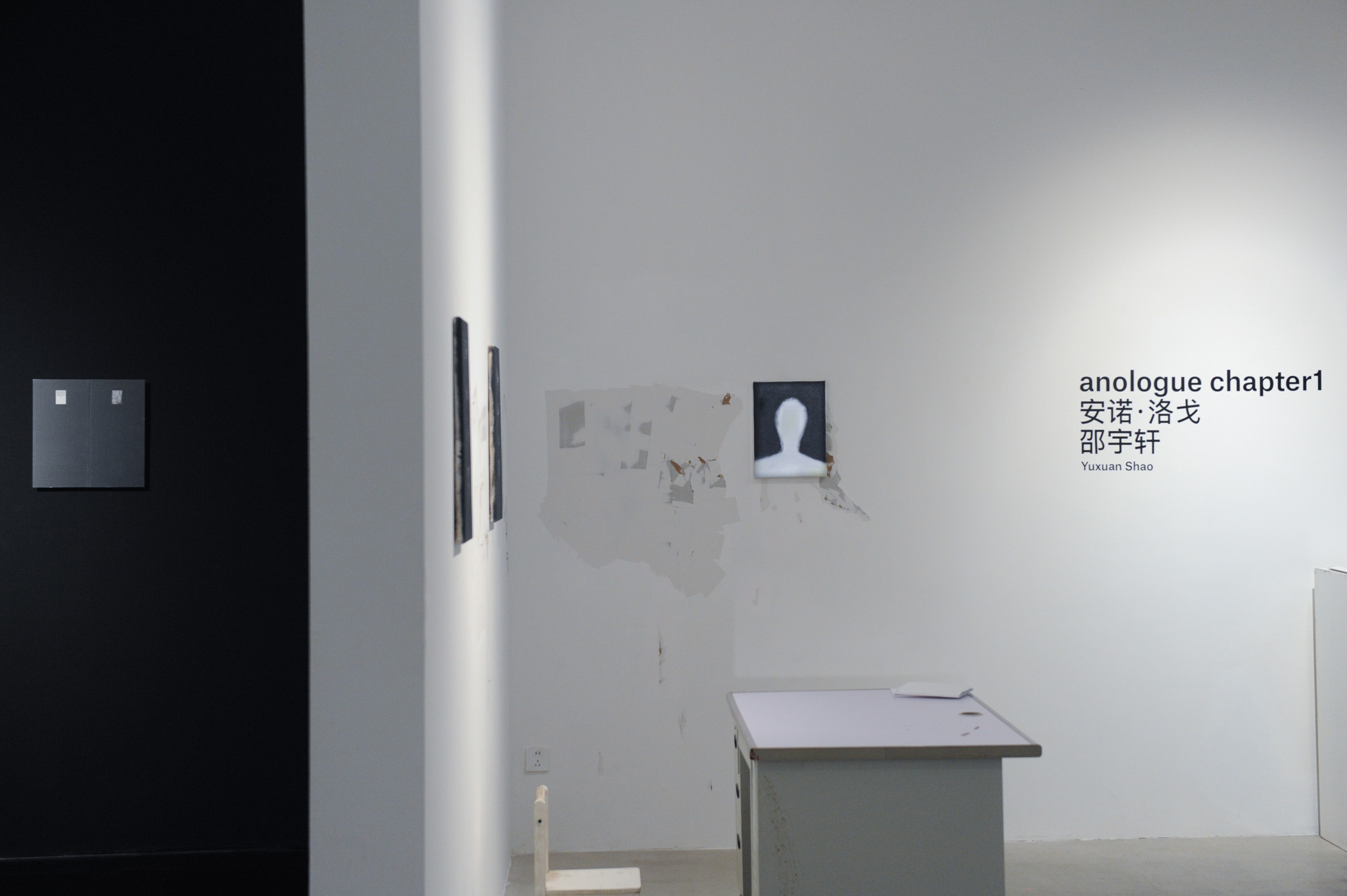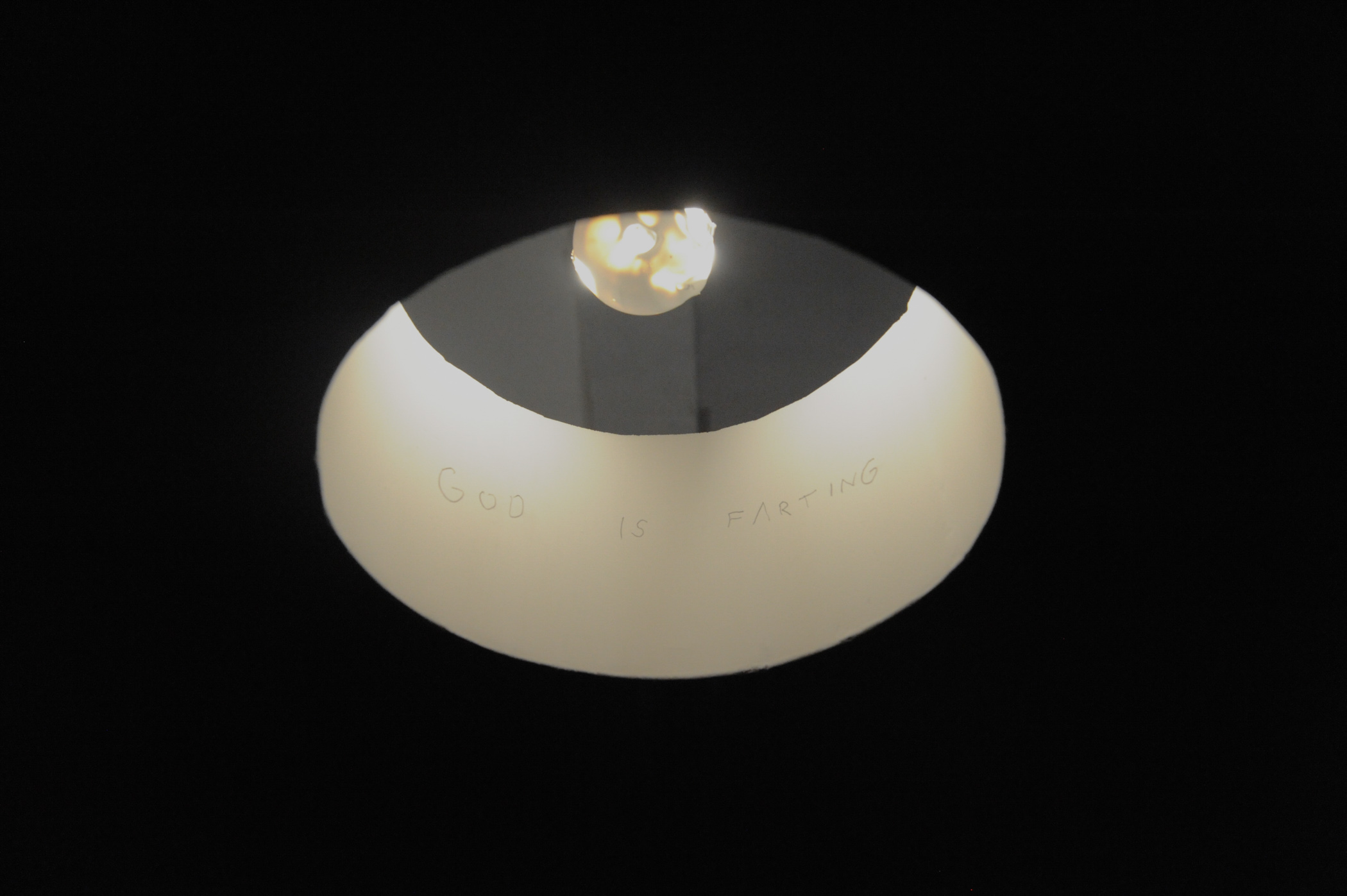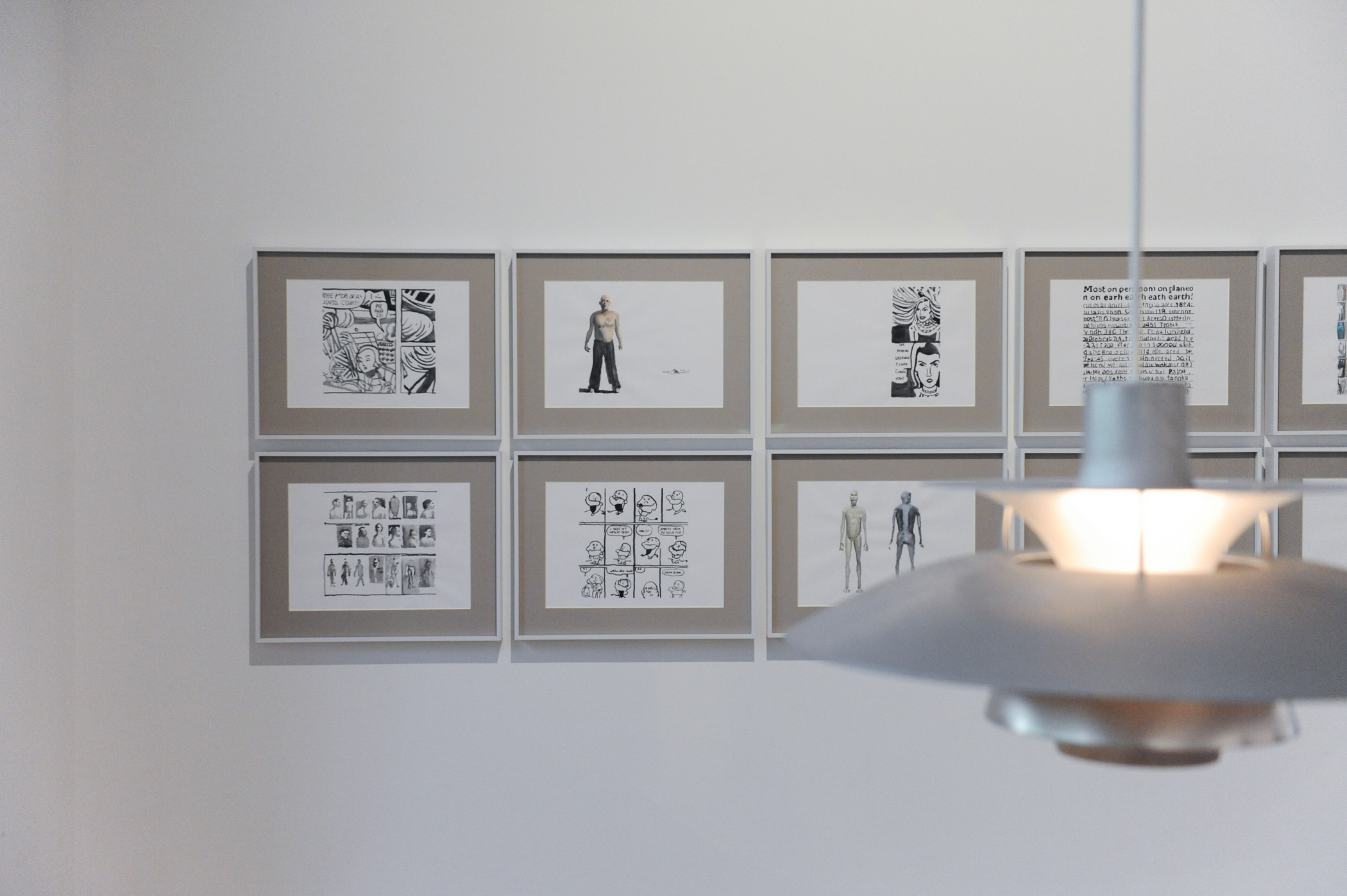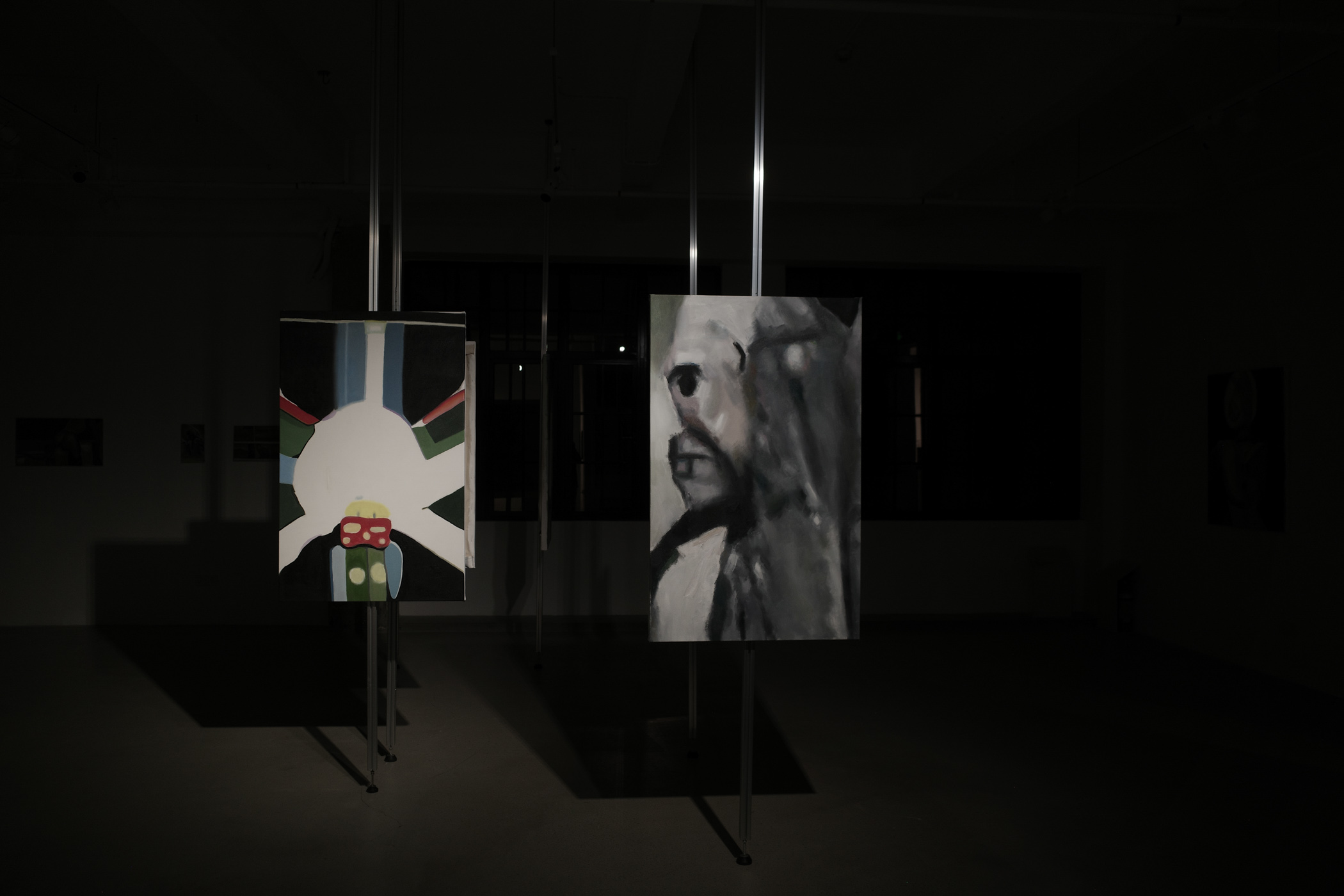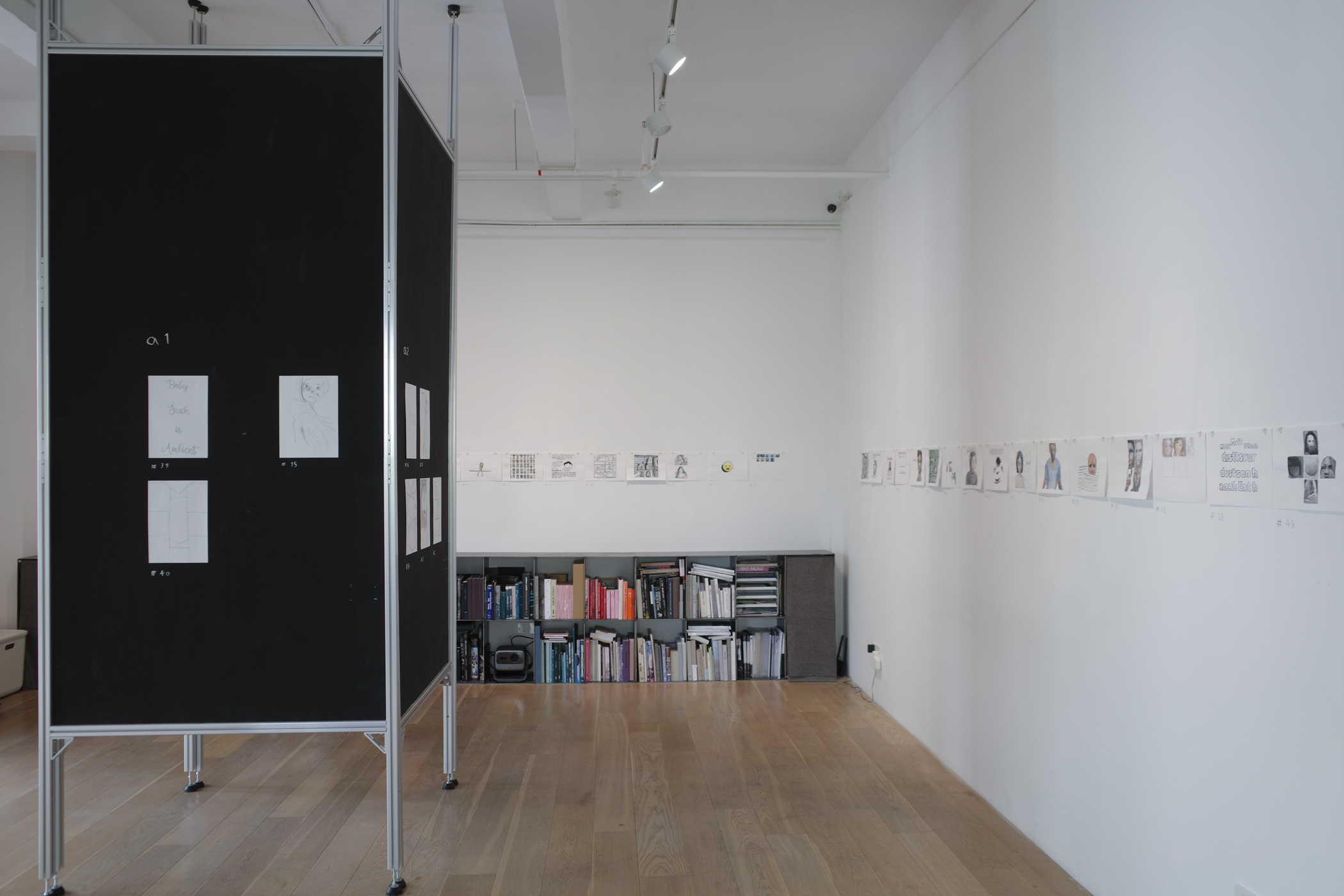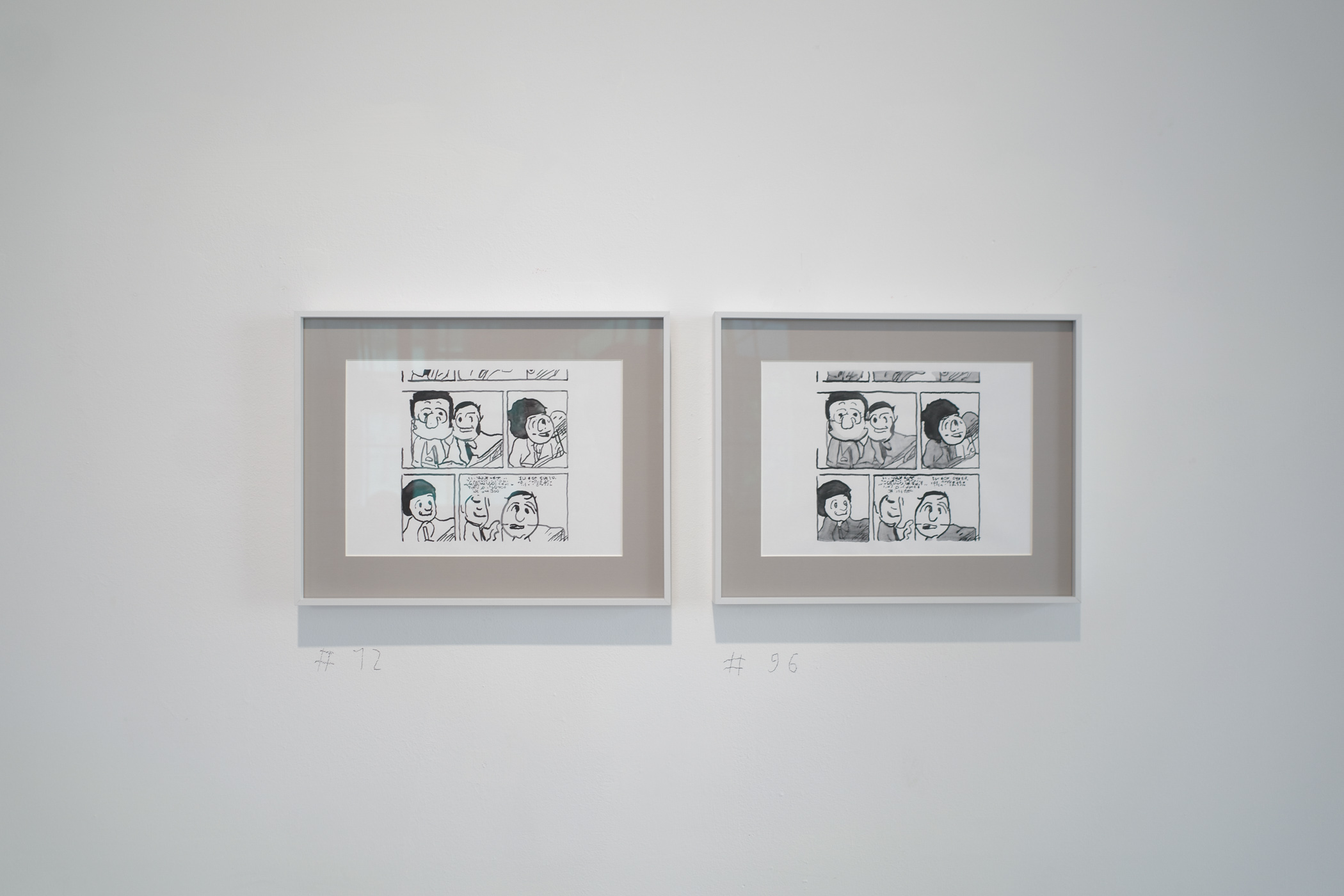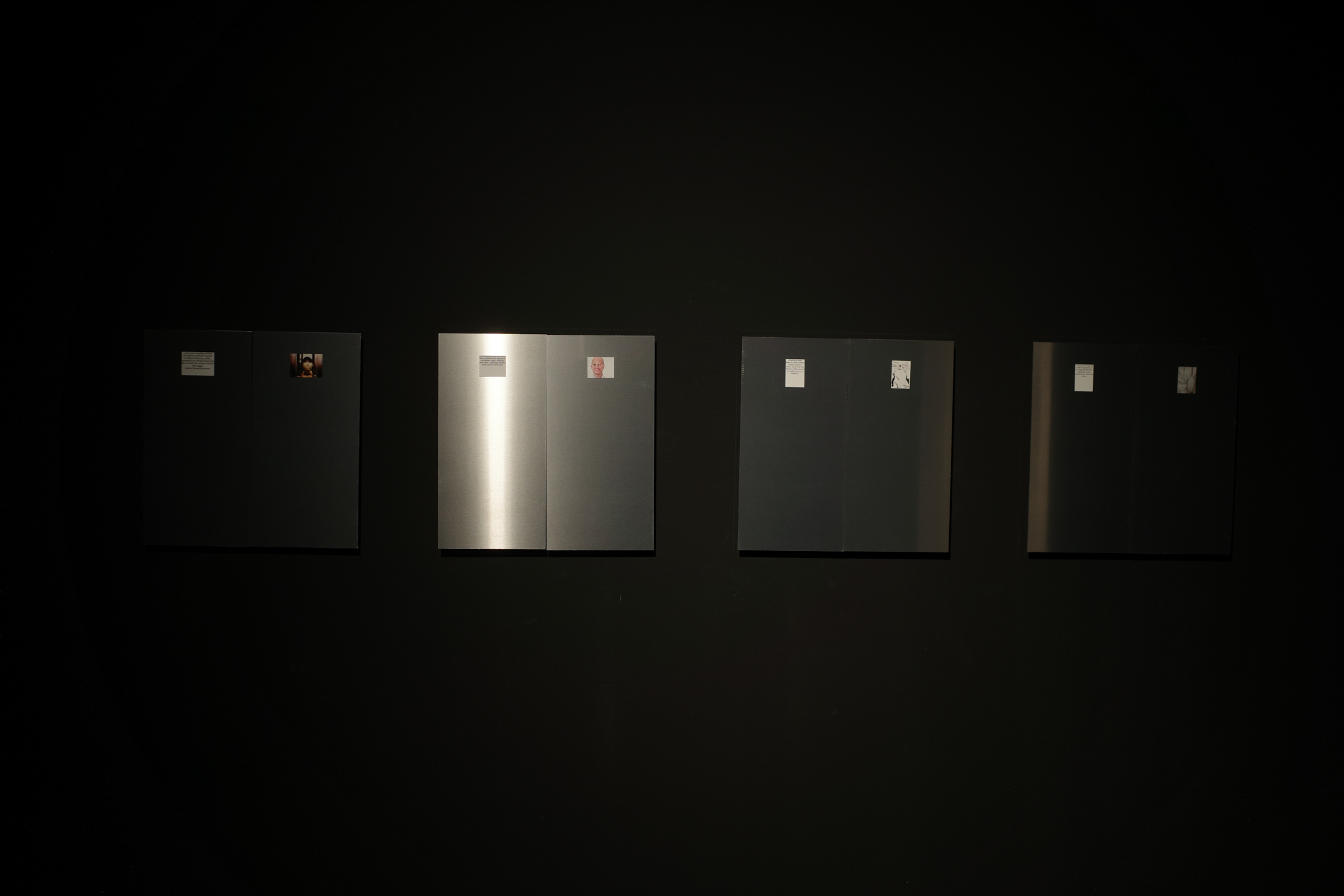
anologue chapter1
This preface is divided into four sections, each written in response to one of the four texts in a||over by Yuxuan Shao. Although all the articles were written by the artist himself, their intentions vary widely. Seen from afar, they look like four image blocks made of nothing but characters. Thus the following four texts are examples of analogues to those “blocks.”
Who is “Anologue”
When you open the door, you are met with blurred figures—like torn images retrieved from the depths of a worn-out memory. However, there is no such person named “Anologue.” It’s just that the title of the exhibition makes it seem like it’s all about this person. This kind of exhibition is even happening twice.
Who is this anyway? Does it even matter?
The artist Yuxuan Shao once asked ChatGPT which country “Anologue” sounds like it comes from. ChatGPT replied: “None.”
In fact, “Anologue” is a transliteration of “Anologue” —a word that came into being with its own strange logic. On the one hand, the original word “Anologue” means nothing—a typo, a slip of the artist’s hand; On the other hand, it exists precisely because when most people encounter words that are both familiar and strange, they instinctively break them down phonetically, syllable by syllable, slowly soften their foreignness with lips and tongue: ‘An-No-Lo-Go.’ That’s how it was born.
The word the artist meant to write was “Analogue.” This word guides almost all of his work, which turns out to be the only methodology he truly trusts. The most direct translation of “Analogue” is “simulation” or “counterpart”—just like the conversation between him and ChatGPT published earlier this year in 《a||over》. He was curious about how far language could be pushed in its mimicry—until it breaks down entirely, those encounters felt more complete.
Humor
Looking at Yuxuan Shao’s images often makes one laugh, or —or at least feel quietly amused. You’re not sure why a painting would just stop there— At what point, exactly, did he decide: yes, this is enough? Does he care if the audience misunderstands his work entirely? Yuxuan Shao’s humor stems from a kind of mischief with image and text. It’s the kind of awkward imitation that makes you chuckle, just like watching a humanoid robot holding a plate and proudly standing at the kitchen sink—as if to show it knows what to do—yet just beside it sits a perfectly good dishwasher. The robot is still figuring out how to interact with the world. But it’s trying. Just like us—still not knowing what to do with the 30,000+ photos buried in our phones. We’re trying, too.
Returning to Things as They Are
It’s hard to imagine a day that isn’t wrapped in algorithms. A sign like that might indeed sound a bit late and powerless in the time of AI that everyone is in now. But when we first watched Black Mirror Season One years ago, didn’t we just think it was funny? We didn’t realize they were fables. Warnings.
Once, I tried to explain the concept of Web3.0 to someone, and why I longed for a return to Web1.0.I used a metaphor: Web3.0 is when Meituan recommends exactly what you’re craving, when NetEase plays only the songs you already love, when your phone senses you’re out of dog food and directly places an order for you. Web1.0 was different. It was like a drifting bottle in the QQ Space—you wandered the web and stumbled upon a stranger’s blog, mesmerized by those unfamiliar images and languages. It was a fuller kind of feeling.
For Yuxuan Shao, despite the algorithms having rendered his sensations a bit pale, he chose to let them in. Simulation might be a way of getting closer to the truth of an image—or could be the fastest way to drift away from it. His collaboration with GPT has reached a strange kind of clarity: When he prompts GPT to generate a particular type of image or text, he couldn’t even tell if the output knows him better than he knows himself. Thus, the images he makes with AI are not separate from him—they are also his own images.
After layer upon layer of deconstruction, gradually, he focuses more on things in their most basic state. From the perspective of media and elements, this exhibition is composed of four basic materials: oil paintings, works on paper, printed matter (including a ‘fake’ book), and spatial structures. He likes A4 paper. He likes those universal product once through design. He likes iPhone. He likes black, white, and gray. I suspect he also likes IKEA.
Two Exhibitions
July 26 marks the opening of Yuxuan Shao’s exhibition at PETITREE Gallery in Shenzhen. August 2 is the opening of his solo show at ShanghART Gallery in Shanghai. This was decided over half a year ago. And it’s true, few artists ever open two solo exhibitions within the span of a single week. But given his recent explorations, it somehow fits well—what could be a more complete analogue than simulating oneself? The exhibitions in Shenzhen and Shanghai are analogues to each other. They are footnotes to one another. They together form a complete picture of the artist’s recent practice together. Awkwardness. Deviation. An-No-Lo-Go. It has already begun.
